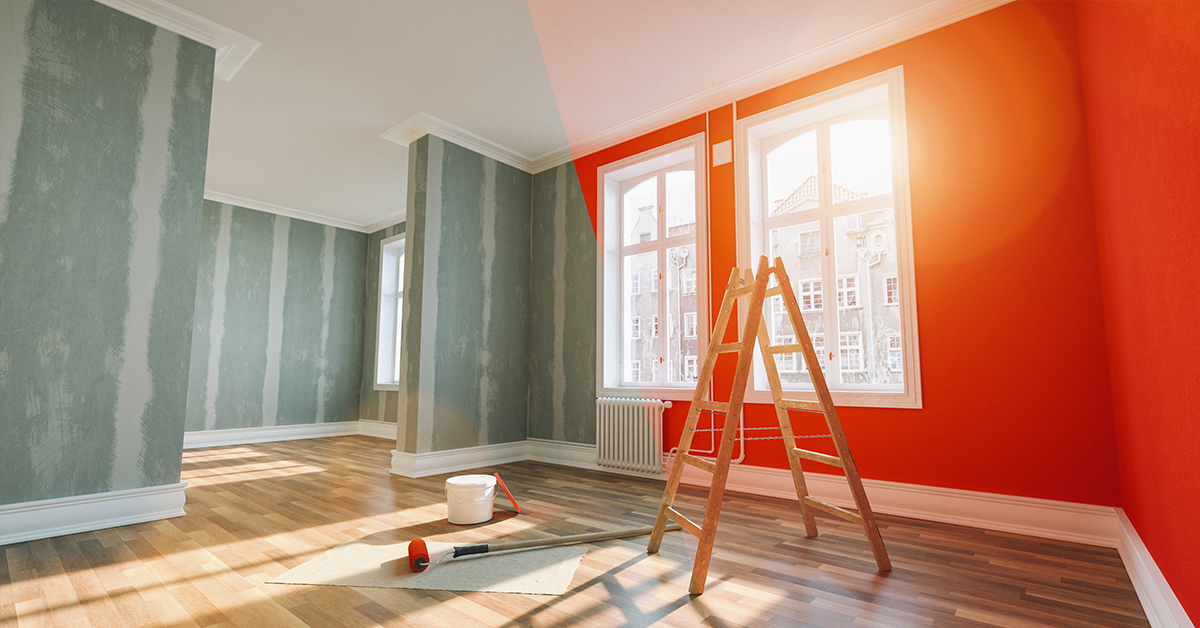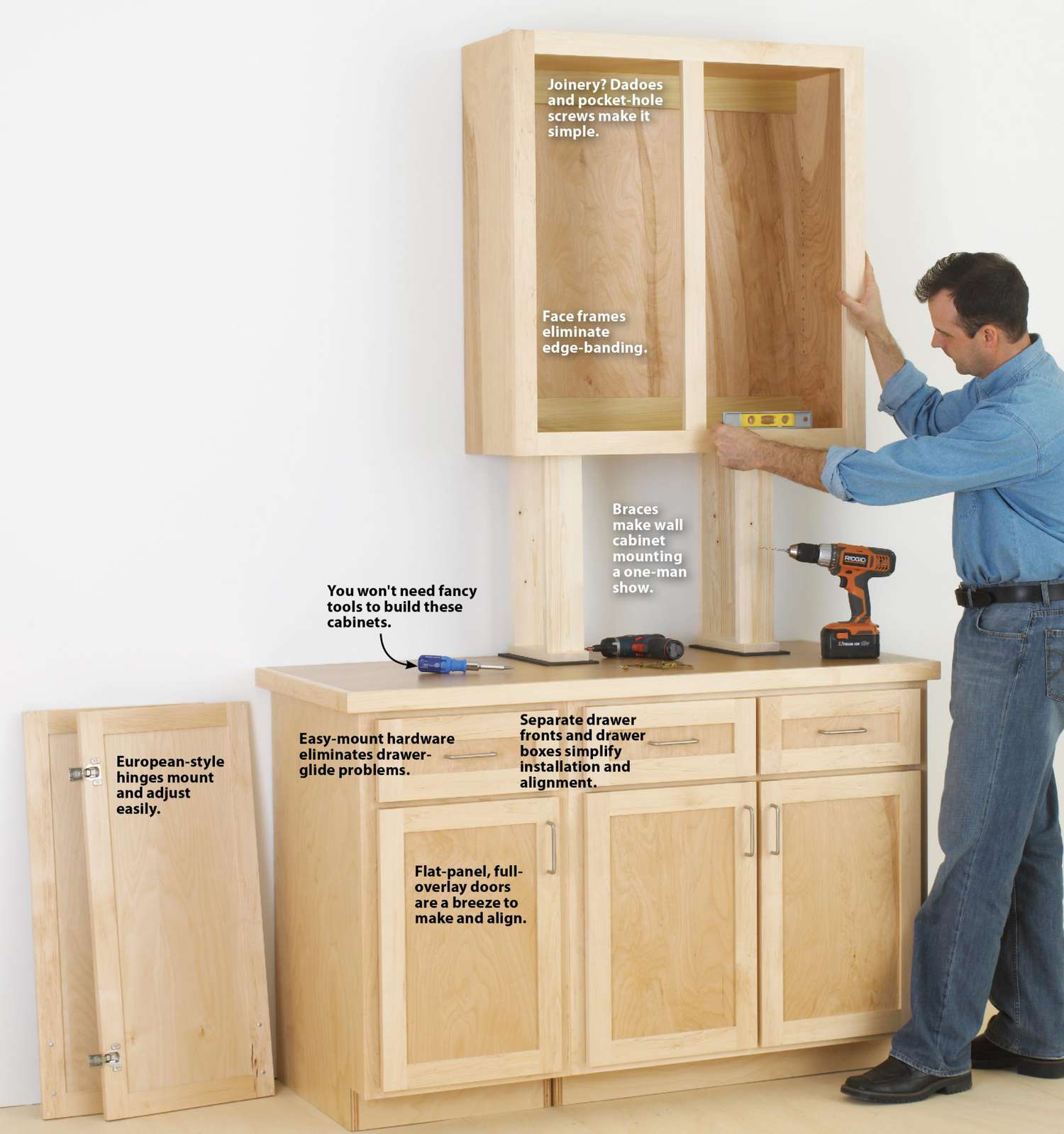Building a DIY pergolas design with a roof is a great way to create a shaded and protected outdoor space. Here are the general steps to construct a pergola with a roof:
Tools and Materials You’ll Need:
- Measuring tape
- Level
- Hammer
- Screwdriver
- Drill
- Circular saw
- Post hole digger
- Shovel
- Concrete mix
- Posts (4×4 or 6×6)
- Beams (2×6 or 2×8)
- Rafters (2×6)
- Joist hangers
- Roofing material (metal, polycarbonate, shingles)
- Screws
- Nails
- Brackets
- Decorative elements (optional)
Step-by-Step Guide:
1. Design and Planning:
- Determine the size, location, and design of your pergola with a roof.
- Create a materials list and sketch your design.
- Check local building codes and acquire any necessary permits.
2. Prepare the Site:
- Mark the corners of your pergola’s footprint.
- Dig holes for the posts using a post hole digger.
- Pour concrete into the holes to create footings for the posts.
- Allow the concrete to set and cure.
3. Install …


